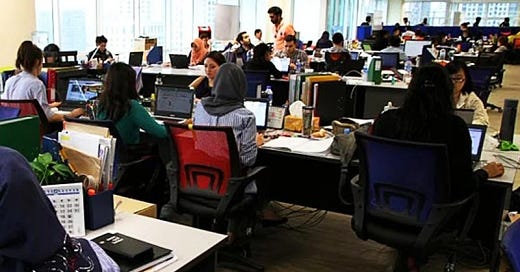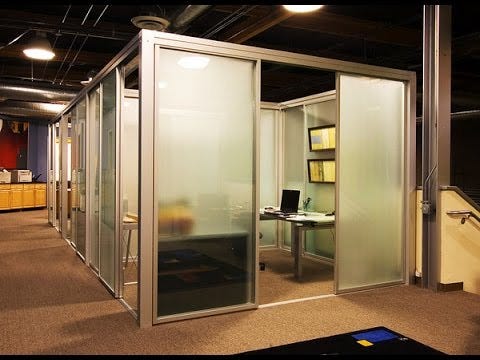Return-to-Office: A Misguided Path to Solve Communication Problems
Harnessing Virtual Frosted Glass to Resolve Communication Issues
The recent surge of companies insisting on a return-to-office (RTO) has sent ripples through the workforce, igniting discussions about the real reasons behind this mandate. Many executives claim that employees need to be physically present to communicate effectively, but as we dive deeper, it becomes clear that this perspective is both outdated and inefficient. While companies believe that face-to-face interactions enhance teamwork and boost productivity, there lies an opportunity for a seismic shift in how we think about communication in the modern workplace. Enter virtual frosted glass.
The RTO Narrative: A Crisis of Communication
When the pandemic forced us all into remote work, companies had to adapt quickly. Virtual meetings became the new norm, and collaboration tools exploded. Yet, despite these advancements, many leaders argue that remote work stifles communication. They fear that remote settings lead to isolation, lower engagement, and diminished creativity. As a result, RTO mandates have become commonplace, fueled by a belief that physical proximity can resolve these supposedly insurmountable communication barriers.
However, this traditional viewpoint is flawed. The issue isn’t the absence of an office; it’s the need for better, more adaptable communication methods that suit today’s varied work environments. Companies must recognize that the solution lies in leveraging technology to enhance interactions, rather than simply reverting to outdated practices.
A New Approach: Virtual Frosted Glass
Imagine a workplace where people are separated by translucent, but virtual, frosted glass walls. Enter MeetingGlass. This innovative application introduces virtual frosted glass, a pivotal solution that addresses the communication challenges driving the RTO movement.
With MeetingGlass, employees maintain a sense of visual presence without the pressure of constant visibility. The frosted experience allows colleagues to engage meaningfully while preserving privacy, making remote communication feel more connected and less isolating. This innovative approach challenges the conventional wisdom that productive communication can only occur in person, demonstrating that technology can be a powerful ally in fostering collaboration.
Changing the Old Narrative
1. The Power of Presence: The virtual frosted glass creates an environment in which colleagues are aware of each other’s presence without the need for full visibility. This concept changes the traditional narrative around presence in the workplace. Employees can interact spontaneously, similar to how they might in a physical office, thereby transforming the remote work experience into one that feels engaging and inclusive.
2. Flexibility Meets Collaboration: One of the most significant advantages of MeetingGlass is its ability to cater to various communication styles. Team members can determine when they want to be fully visible, allowing for deeper engagement at their own comfort levels. This flexibility contrasts sharply with the rigid expectations of RTO, which often overlook individual preferences and work styles.
3. Boosting Creativity and Connection: Creativity often stems from collaboration, and MeetingGlass facilitates this by allowing for real-time interactions without distractions common in a physical environment. When team members feel connected and engaged, they are more likely to contribute ideas and solutions, countering the fear that remote work stifles innovation.
4. Eliminating Technical Barriers: MeetingGlass is designed to operate efficiently with low bandwidth and CPU usage, allowing seamless communication for all team members regardless of their technological capabilities. This focus on usability ensures that the benefits of enhanced communication are accessible to everyone, breaking down barriers that might otherwise complicate collaboration.
The Path Forward: Embracing Innovation
It is time for companies to recognize that the push for RTO is not a necessary response to communication challenges; rather, it is an outdated reaction to an evolving work landscape. By embracing innovative solutions like MeetingGlass, organizations can create a collaborative environment that prioritizes meaningful interactions—regardless of location.
The narrative of RTO as a remedy for communication issues can be fundamentally disrupted. Instead of relying on physical presence, businesses should leverage technology to create an adaptable and supportive work environment that celebrates individuality while fostering collaboration.
In conclusion, the conversation around RTO must shift from a narrow focus on physical proximity to a broader understanding of how technology can enhance communication. By harnessing tools like virtual frosted glass, companies can empower their teams to thrive in a hybrid or fully remote setup, effectively making the case for a future where RTO becomes a choice—not a mandate. The future of work is not about returning to old ways; it's about redefining them.






